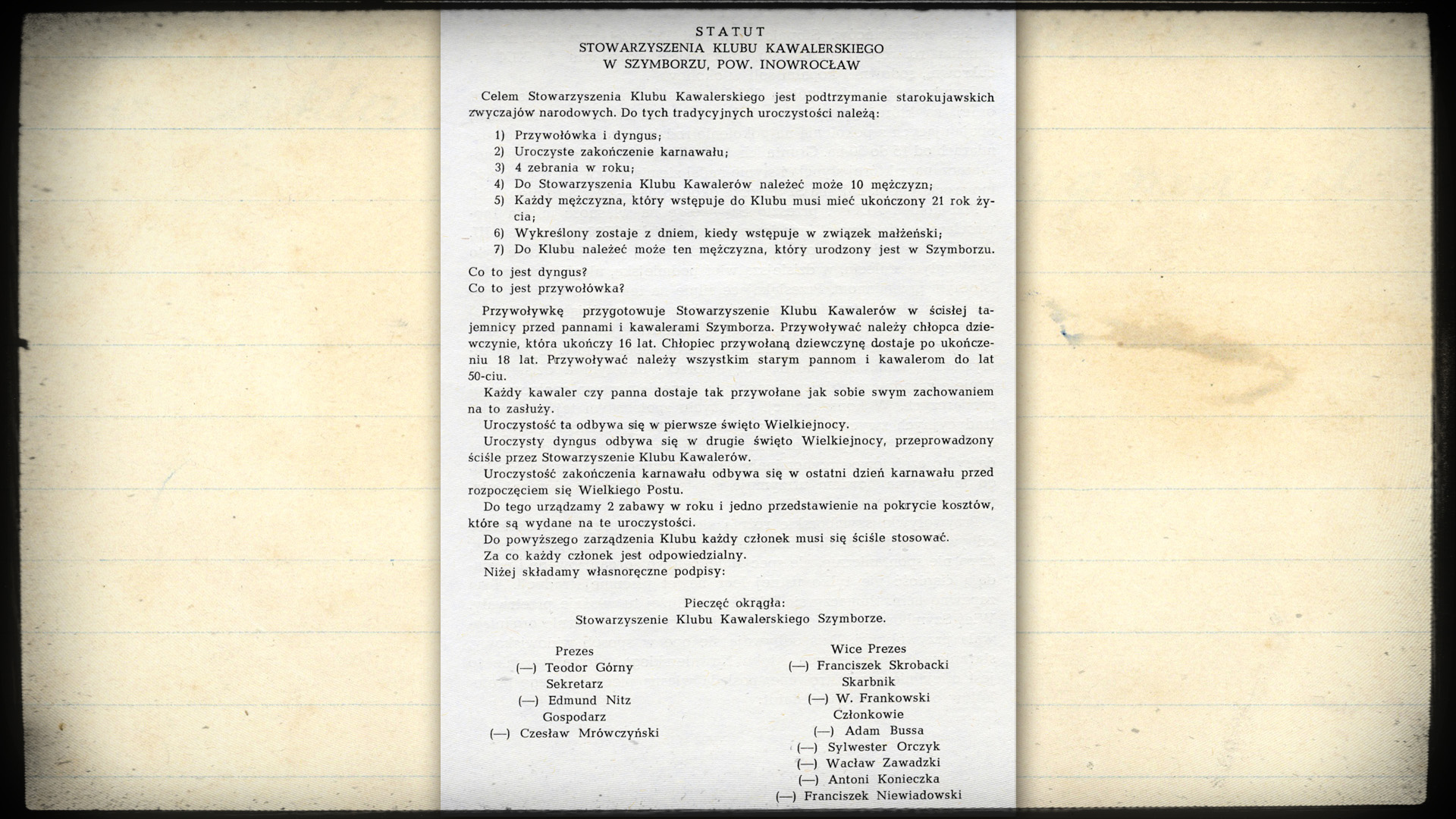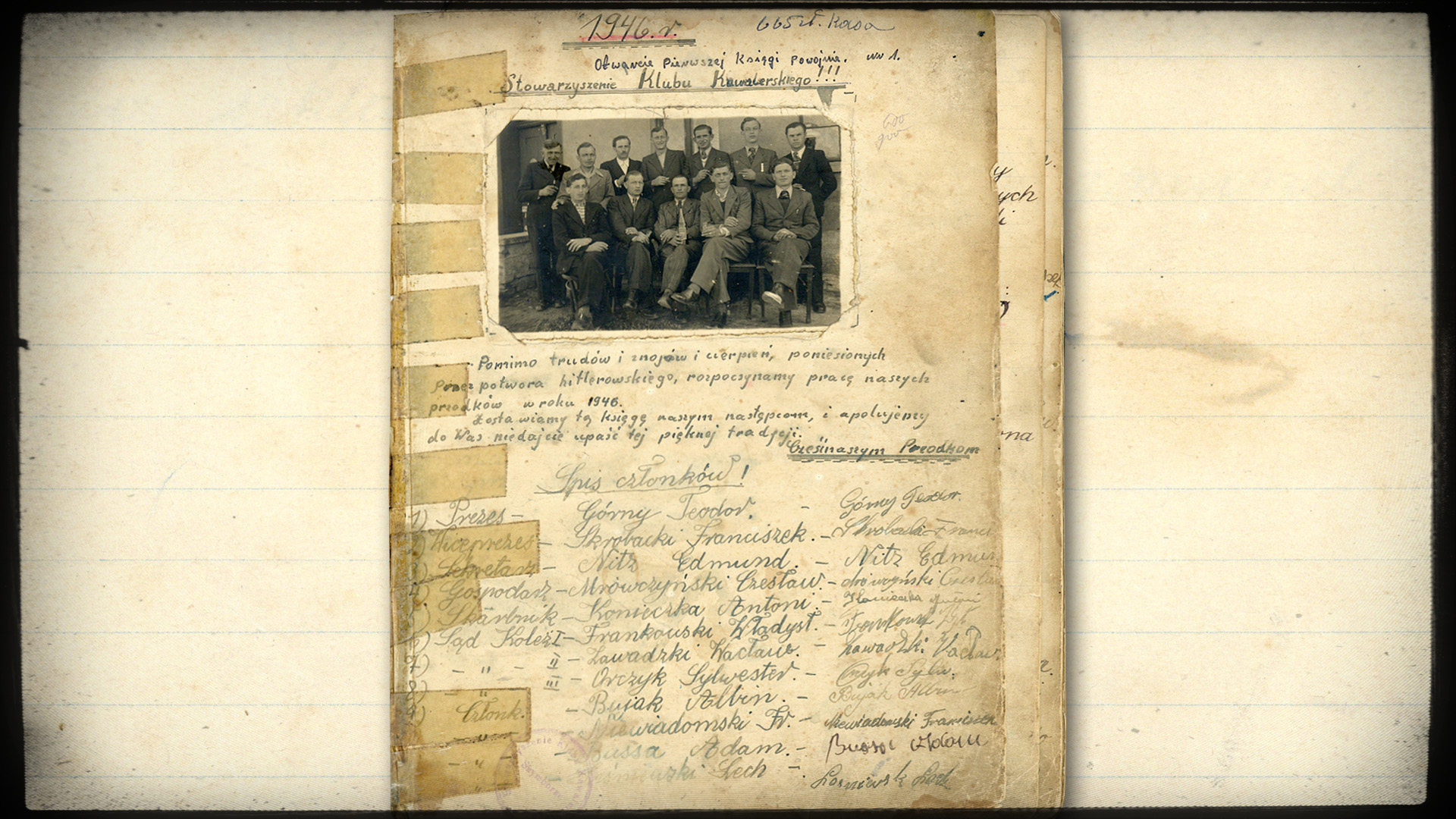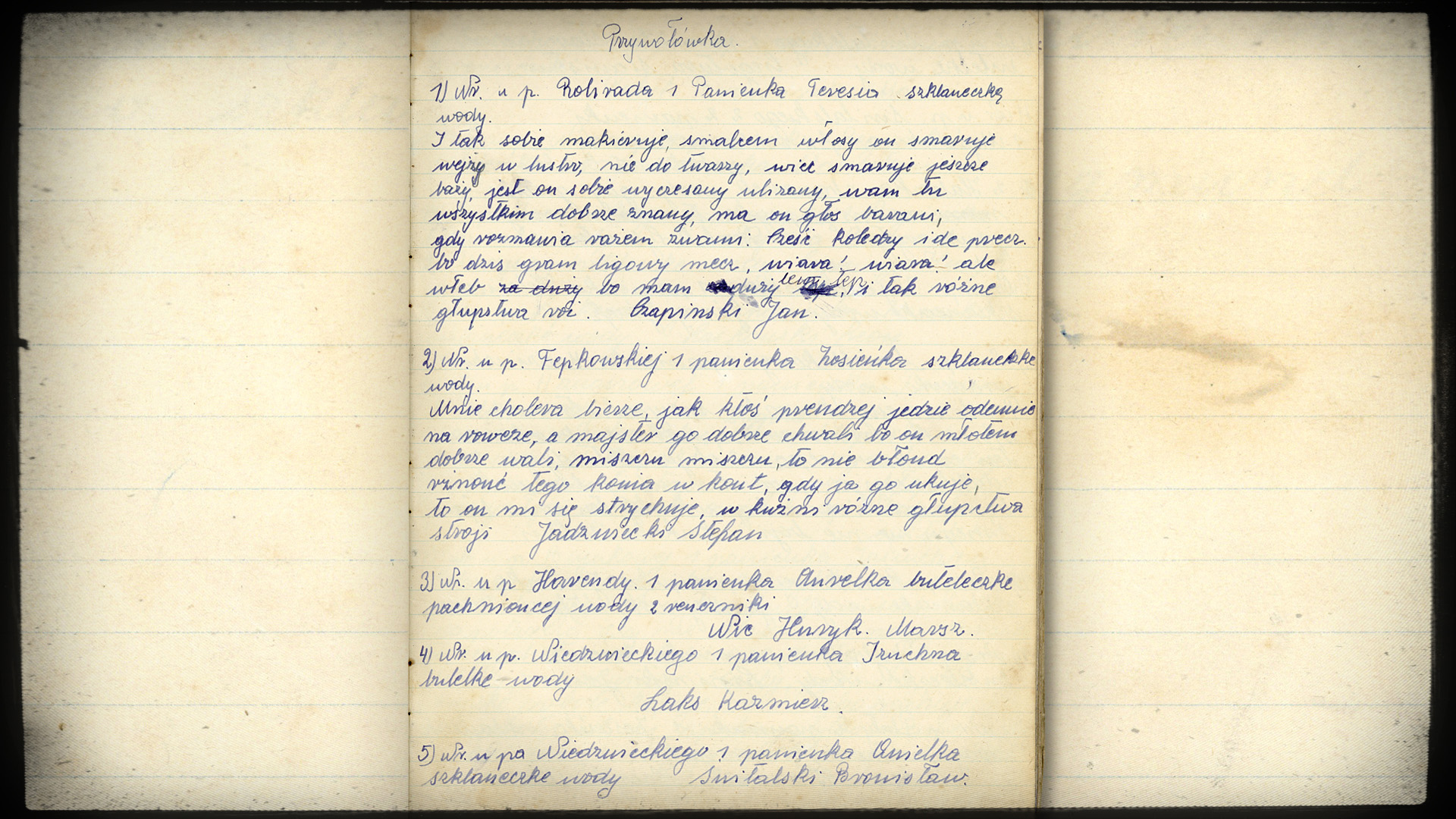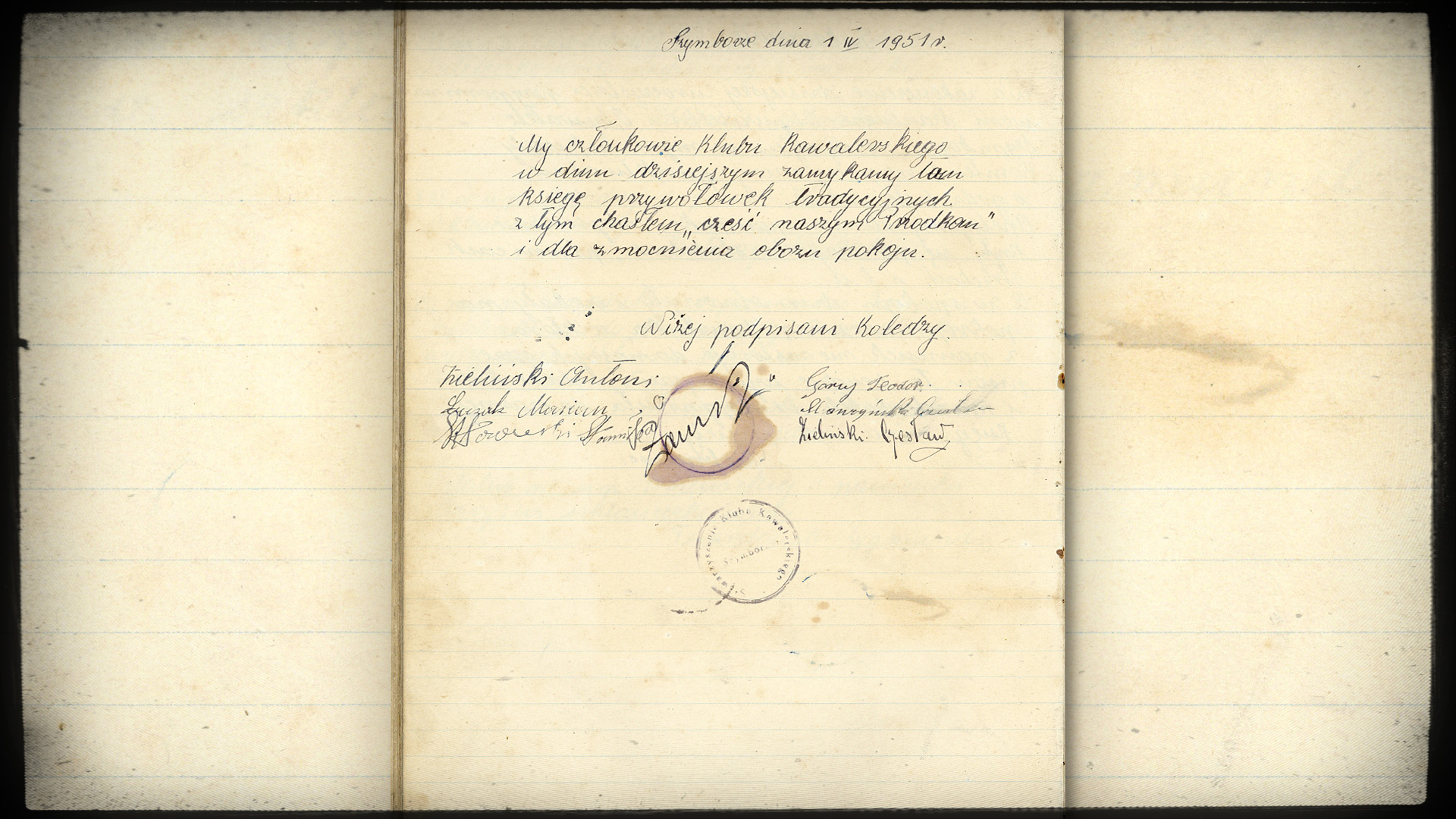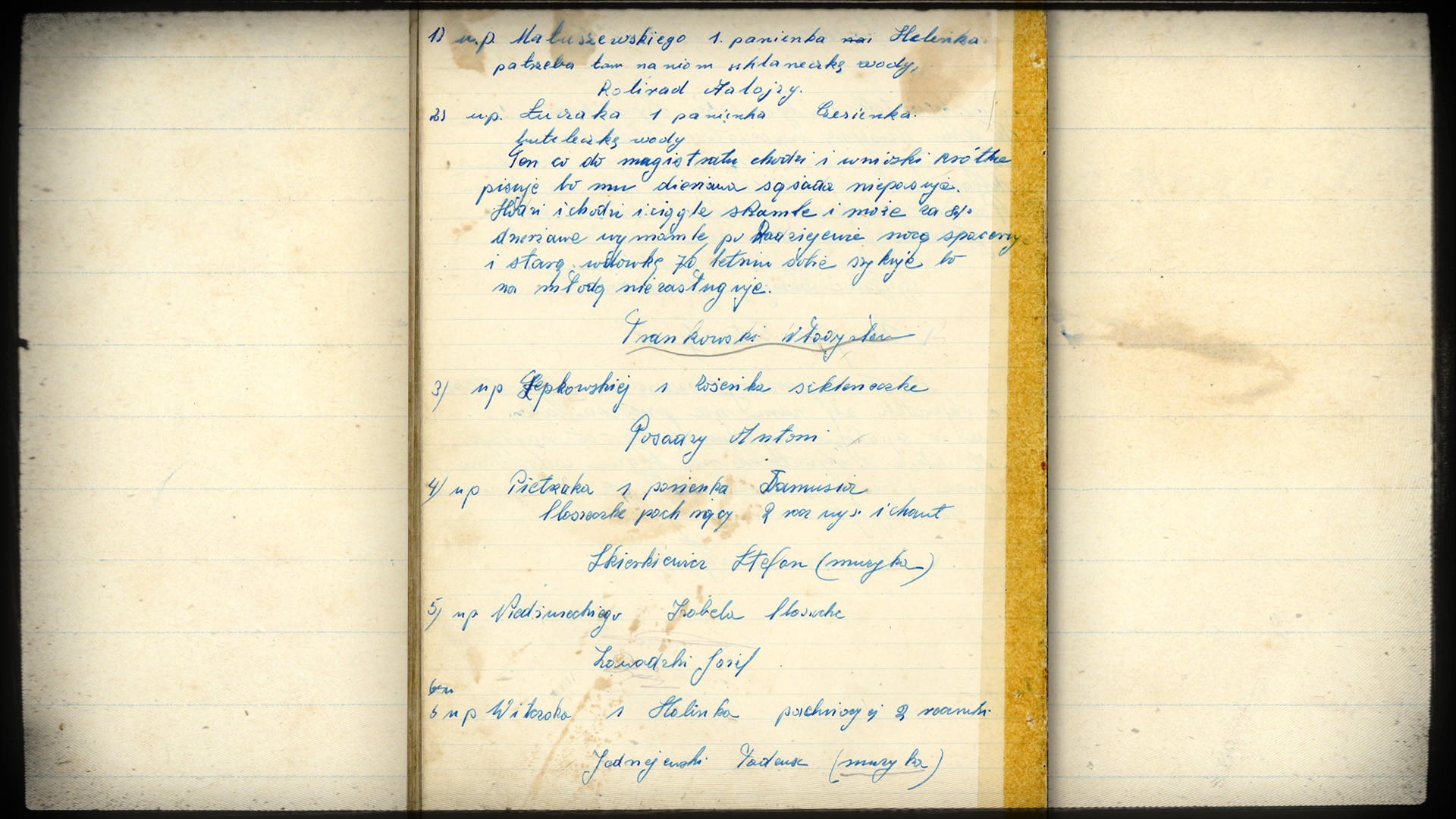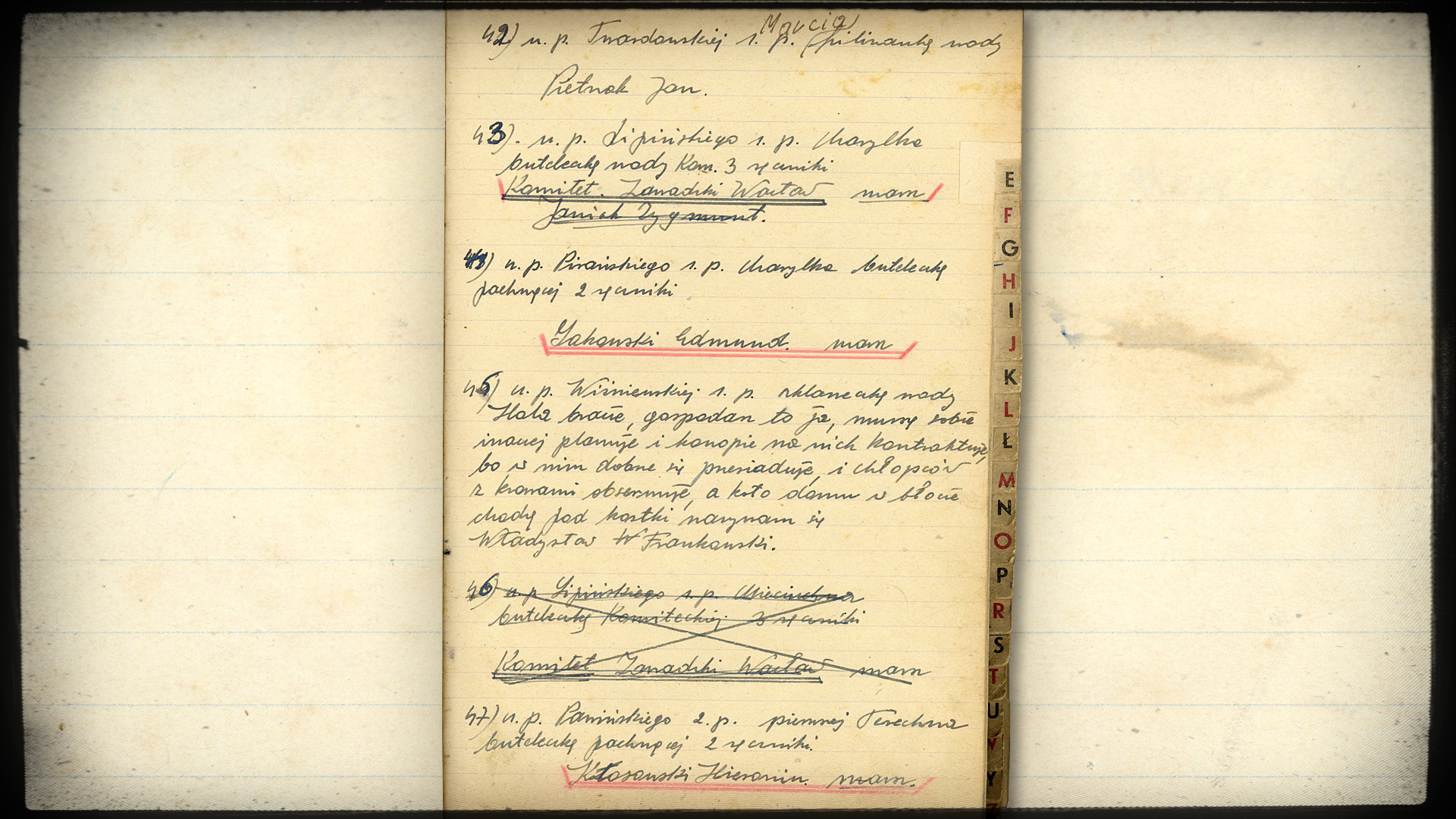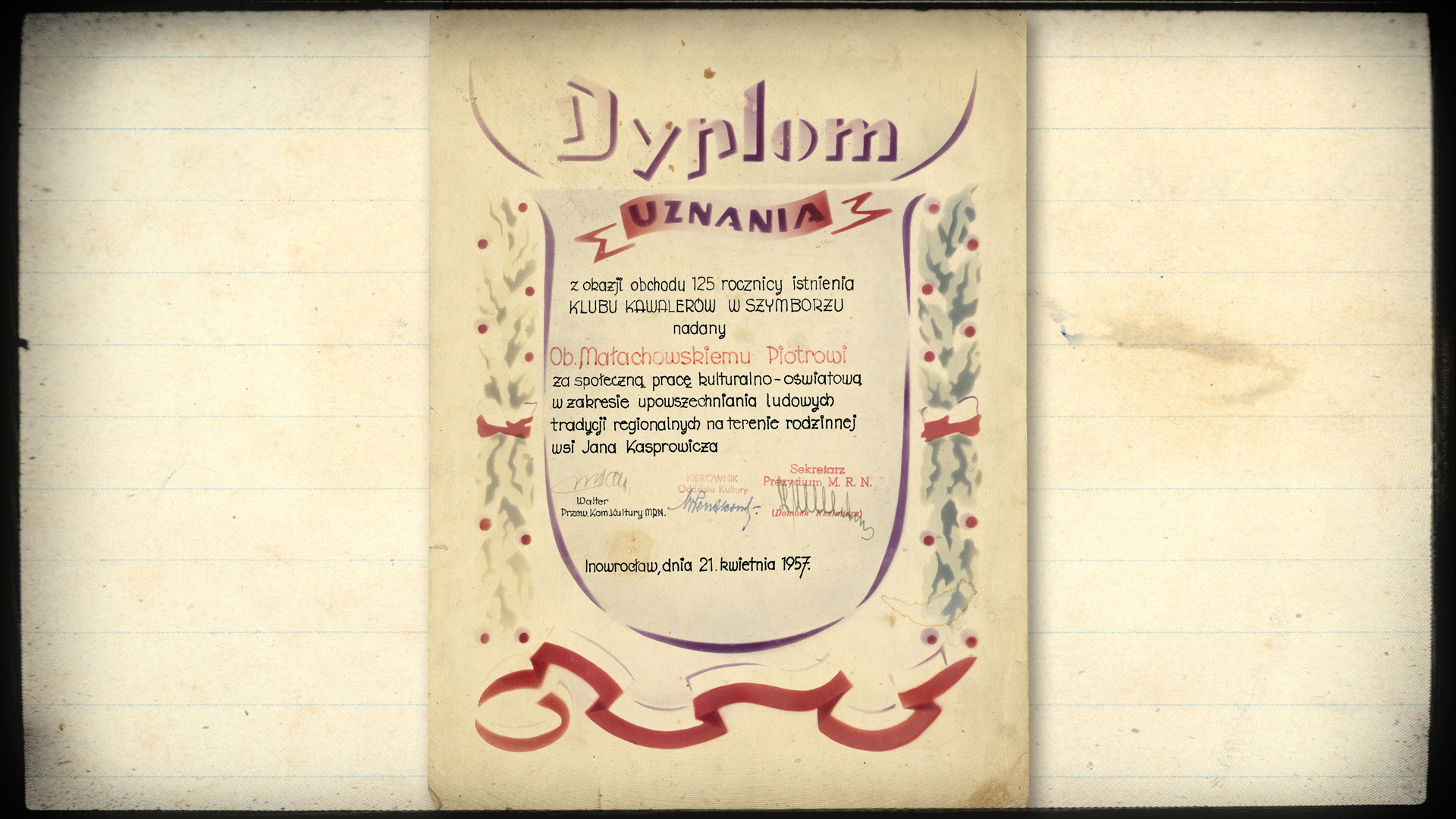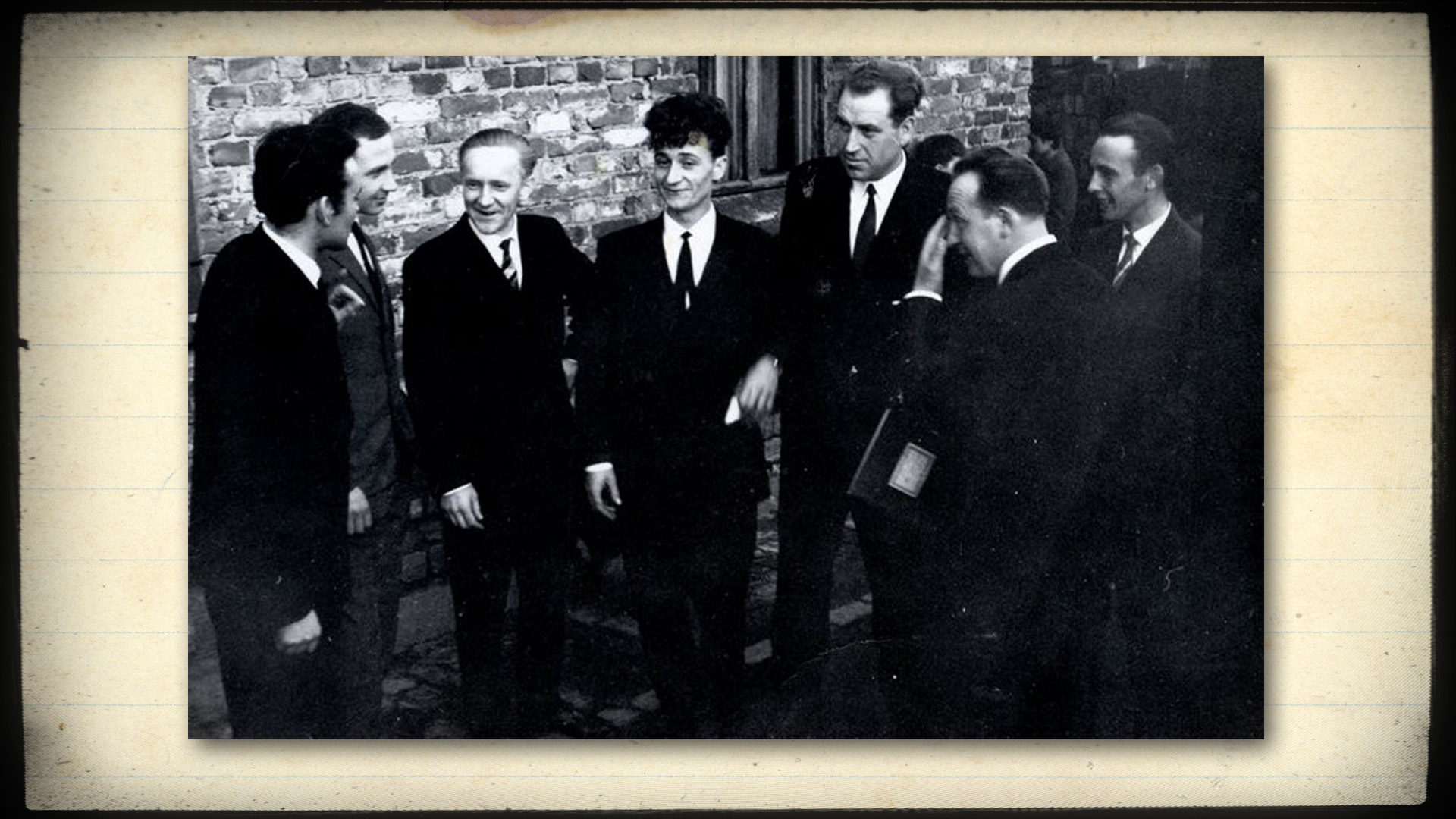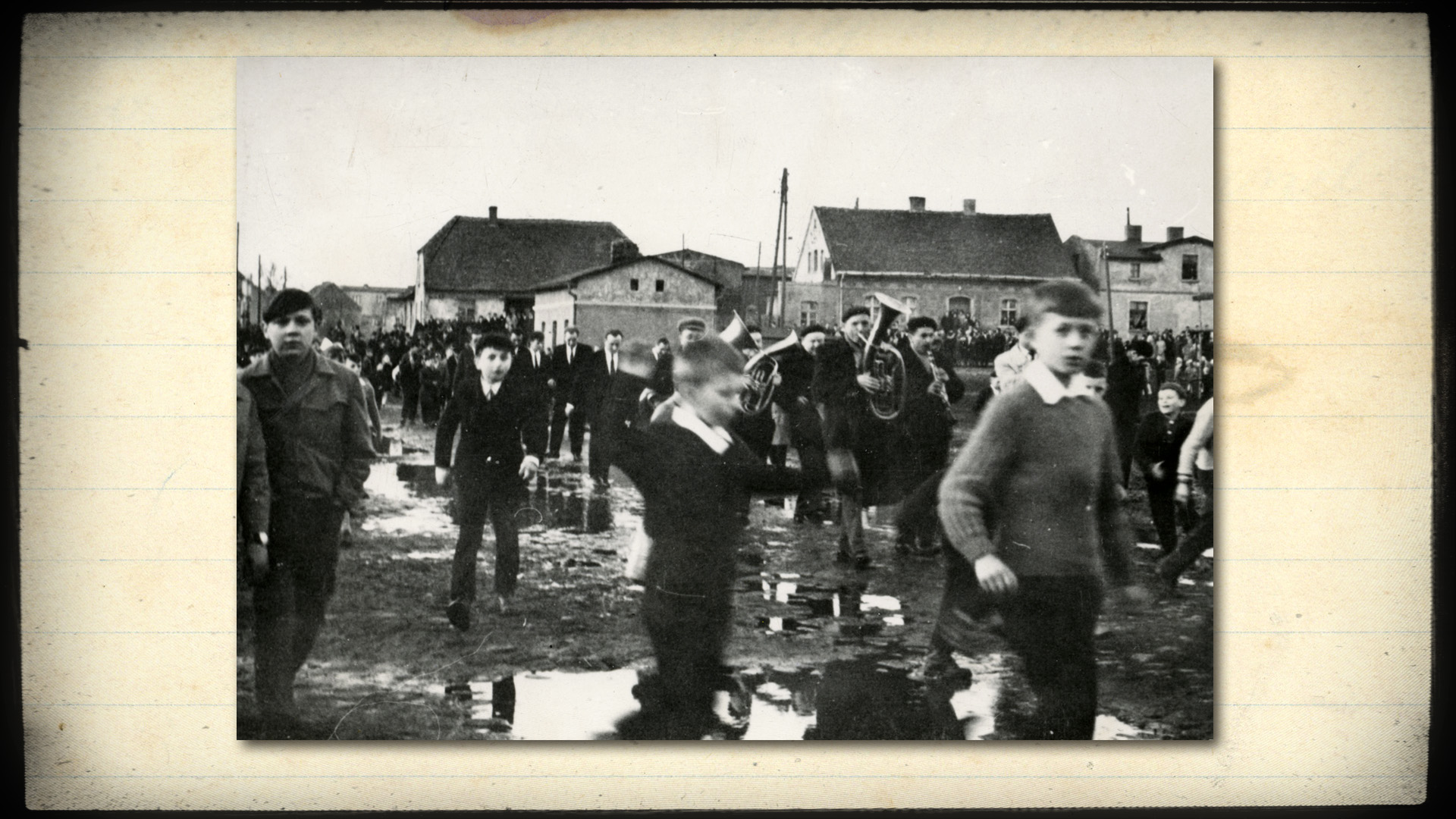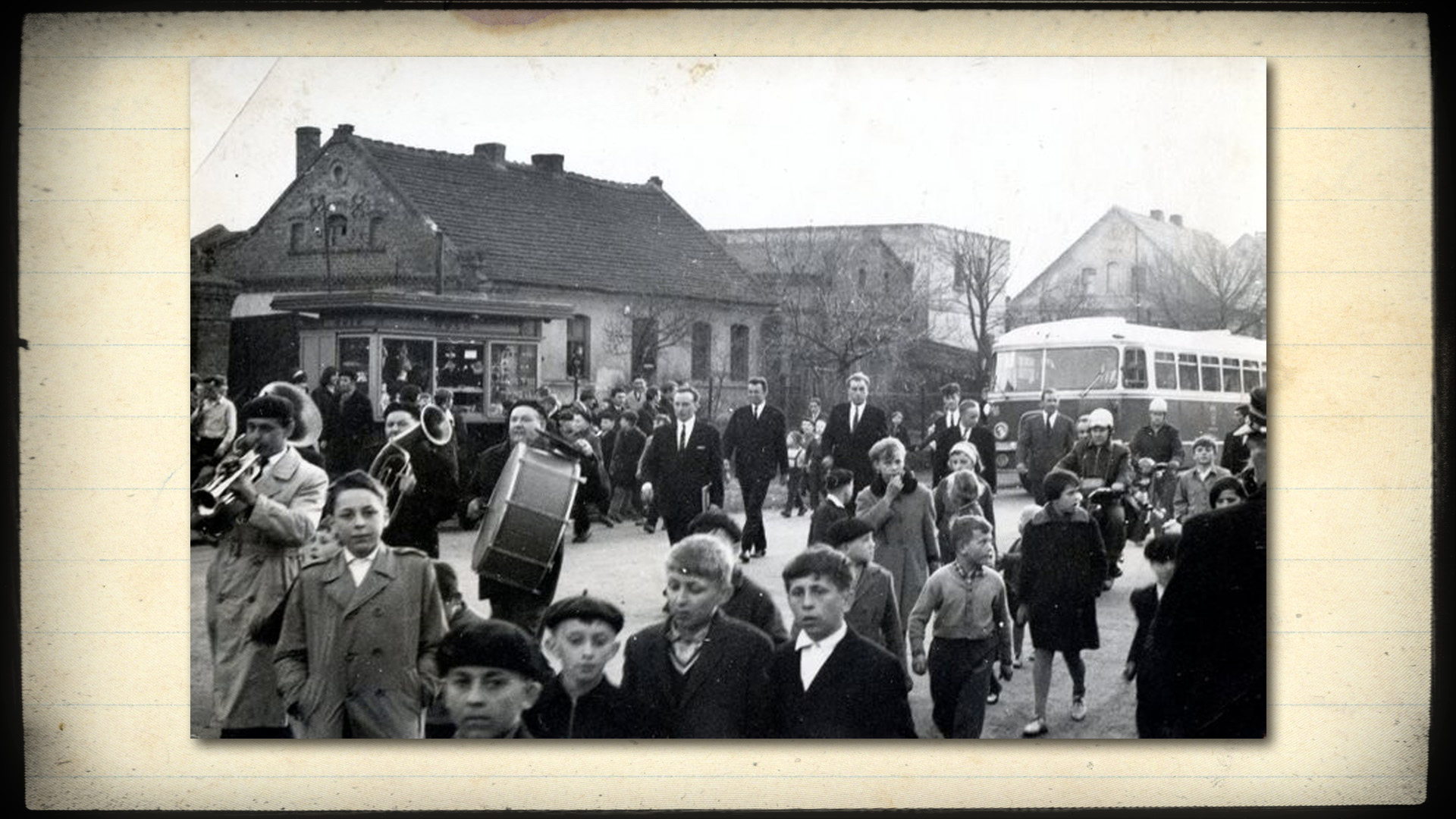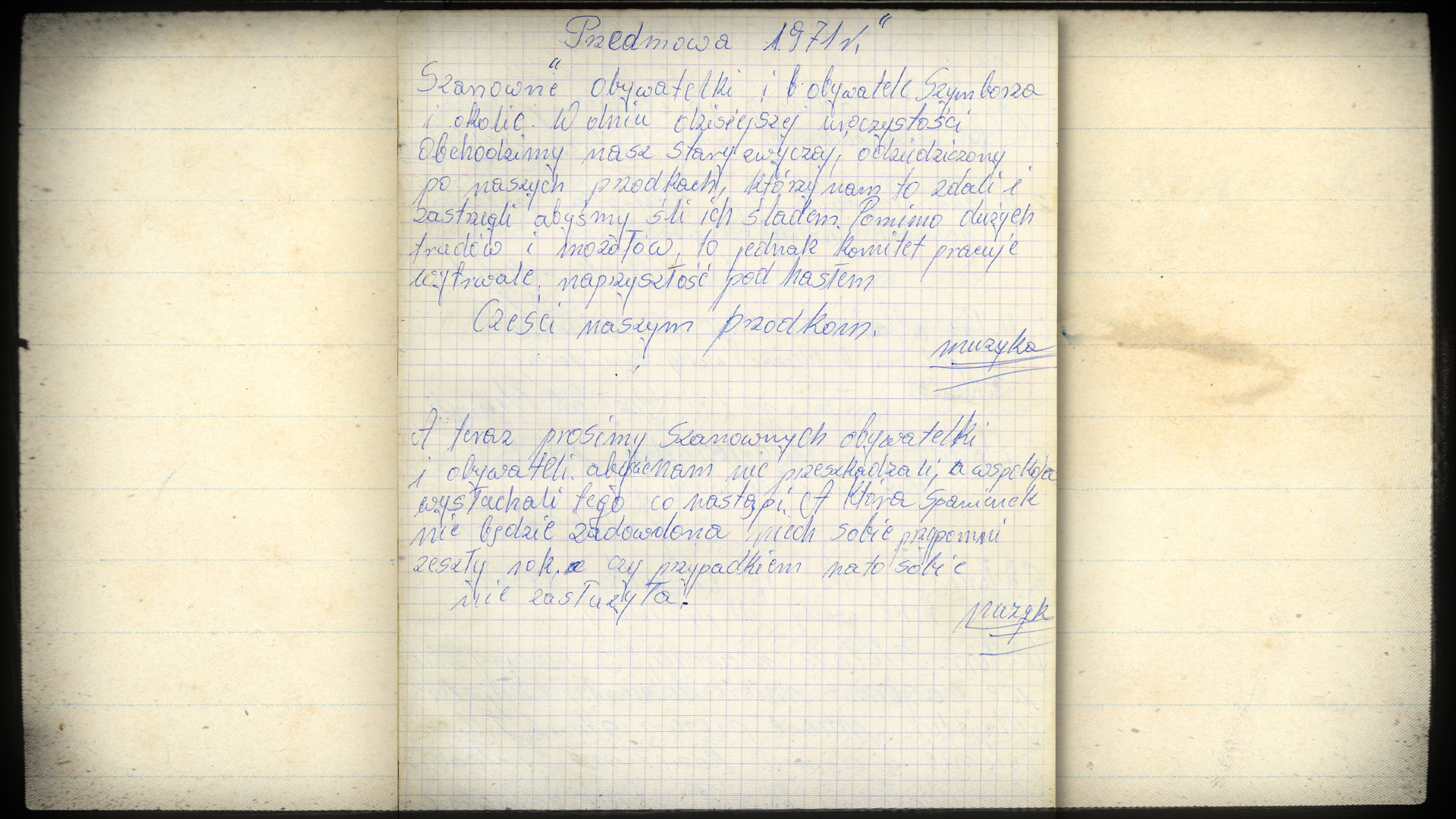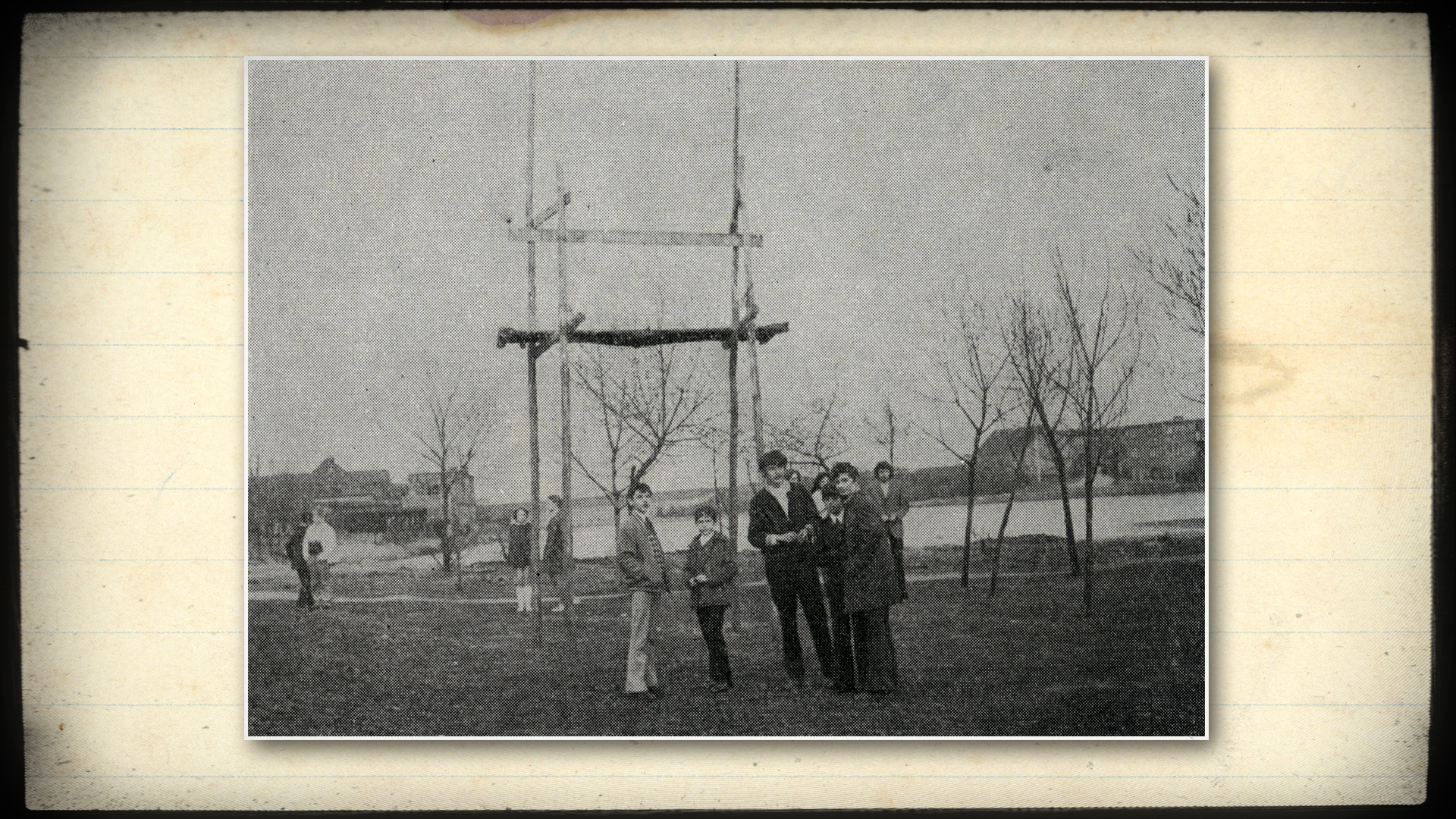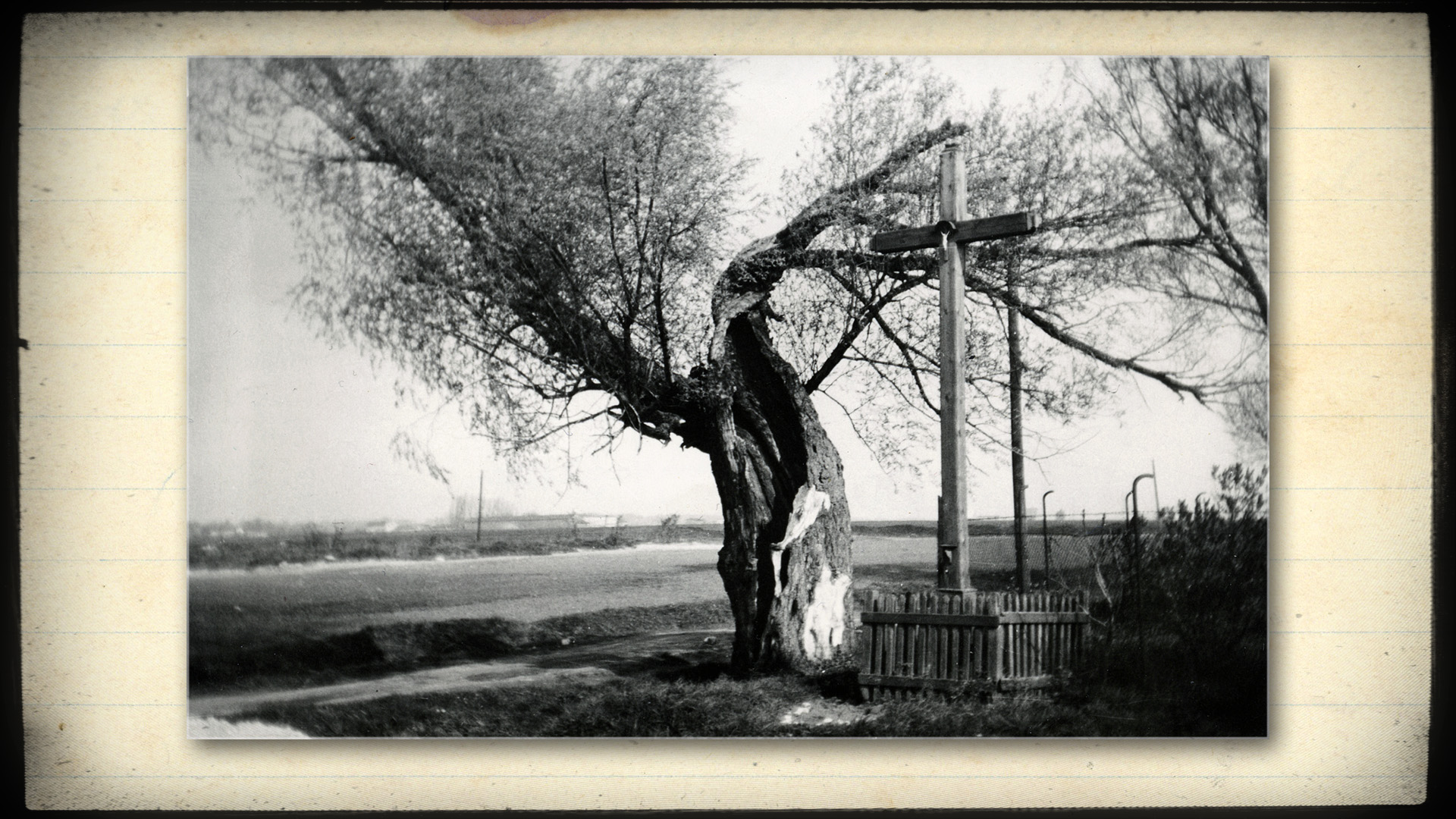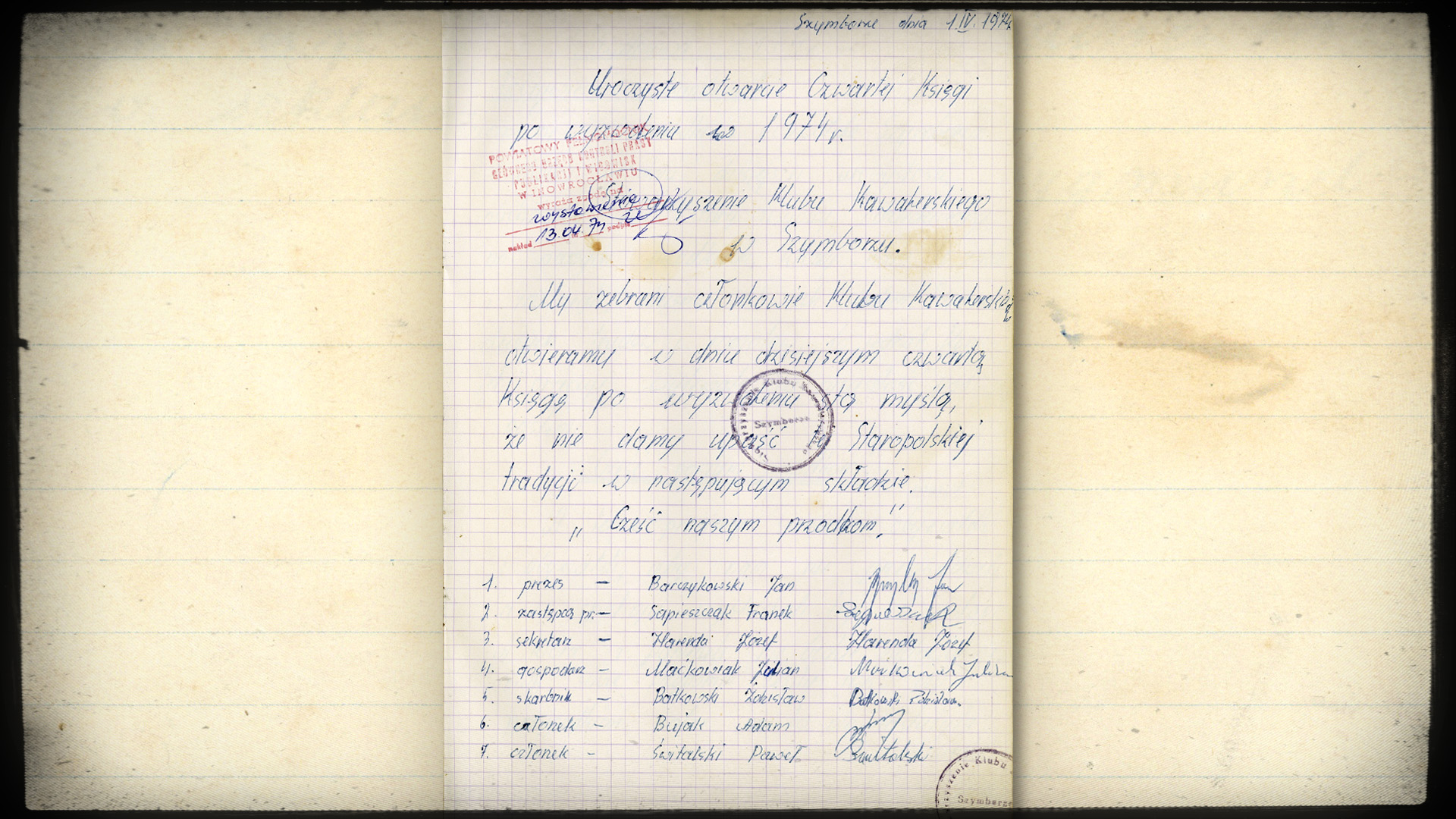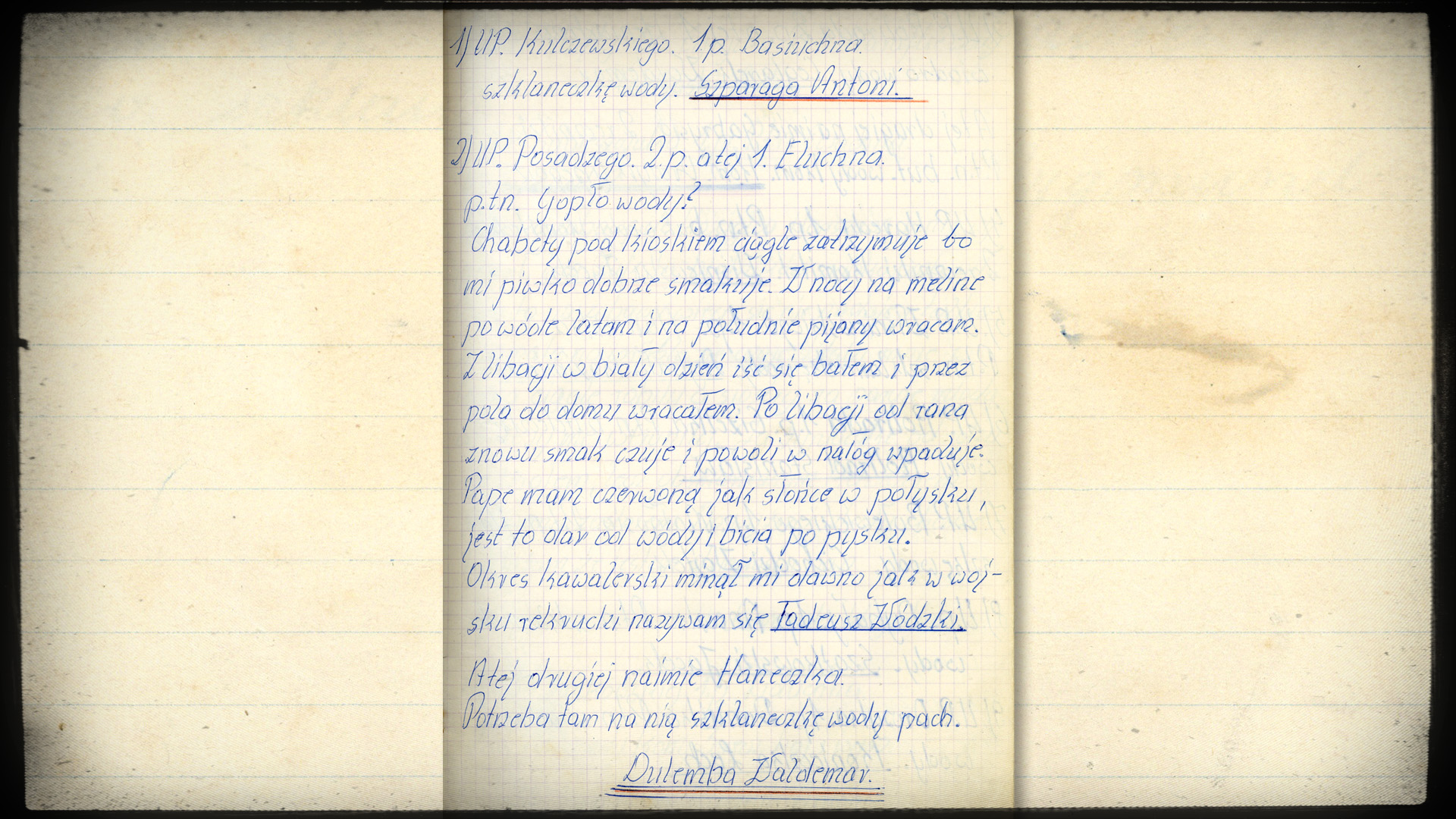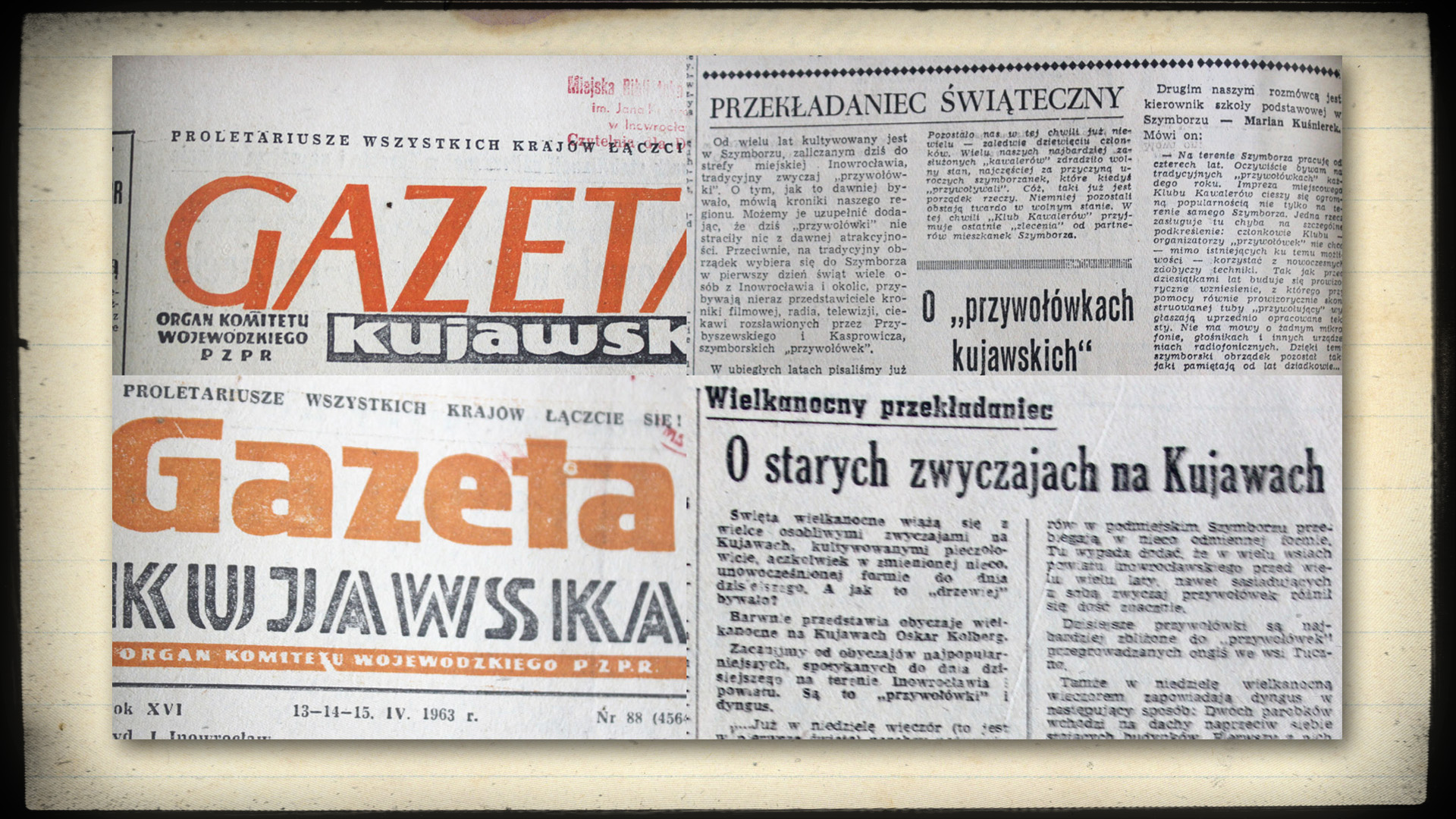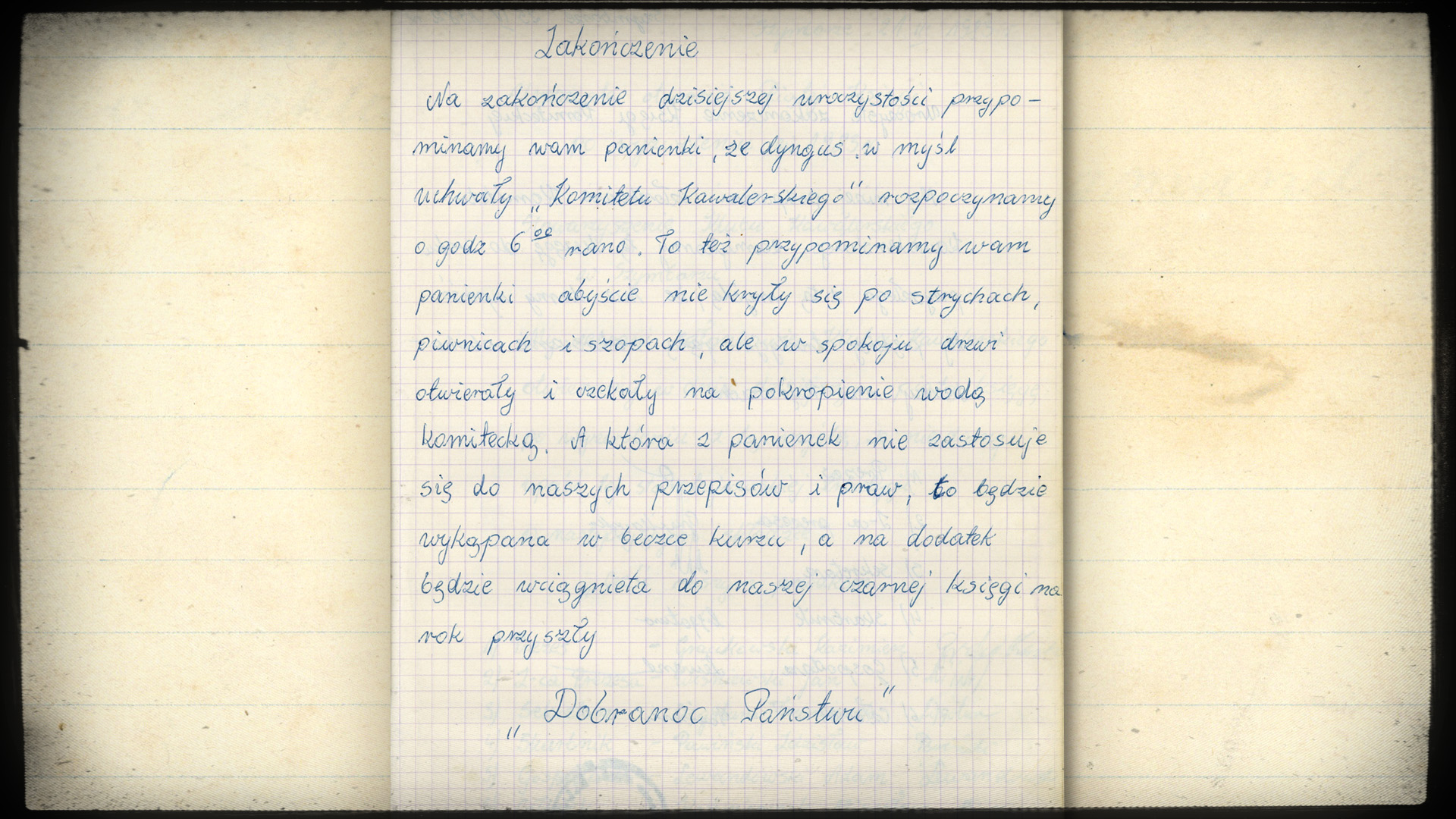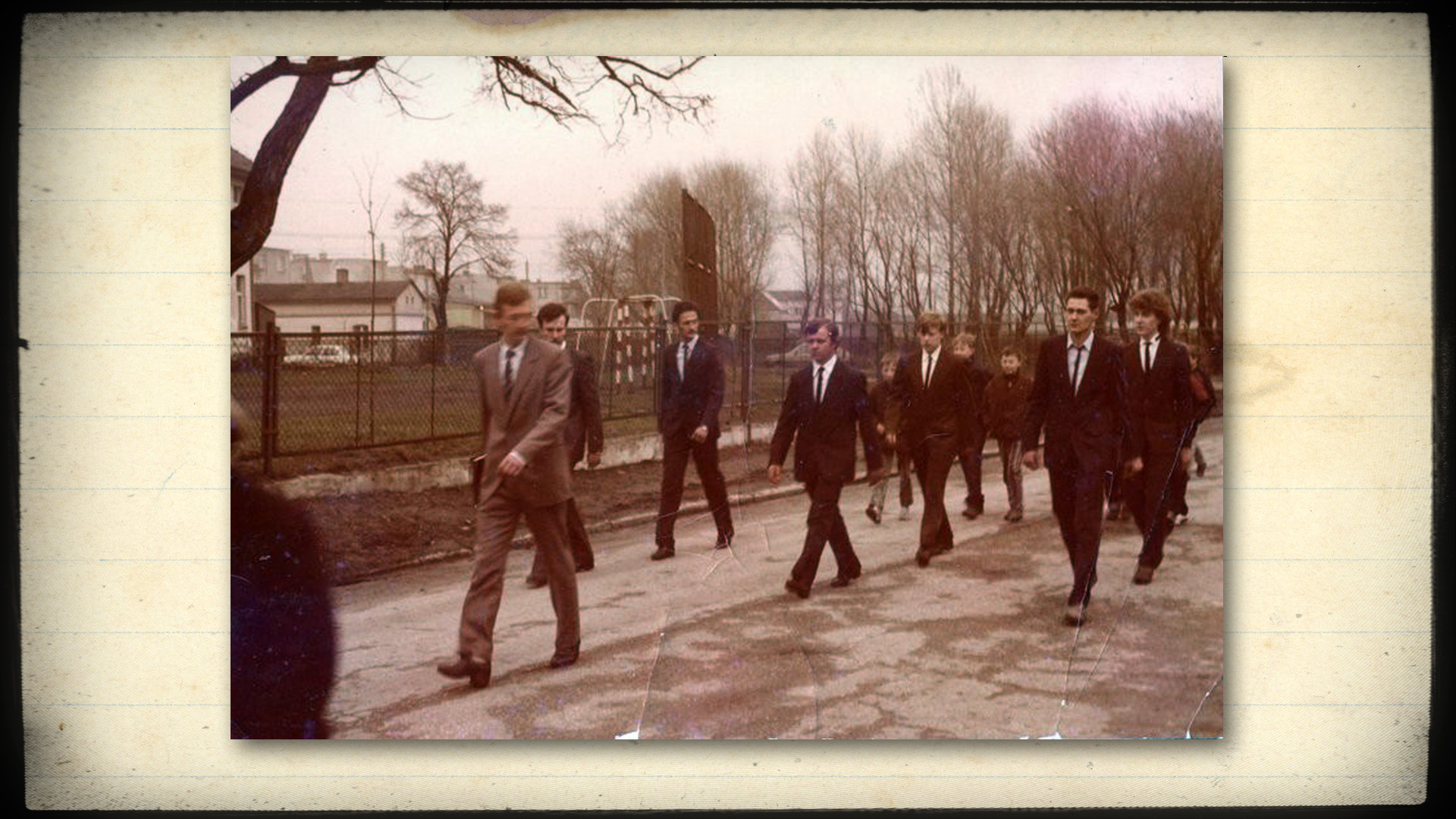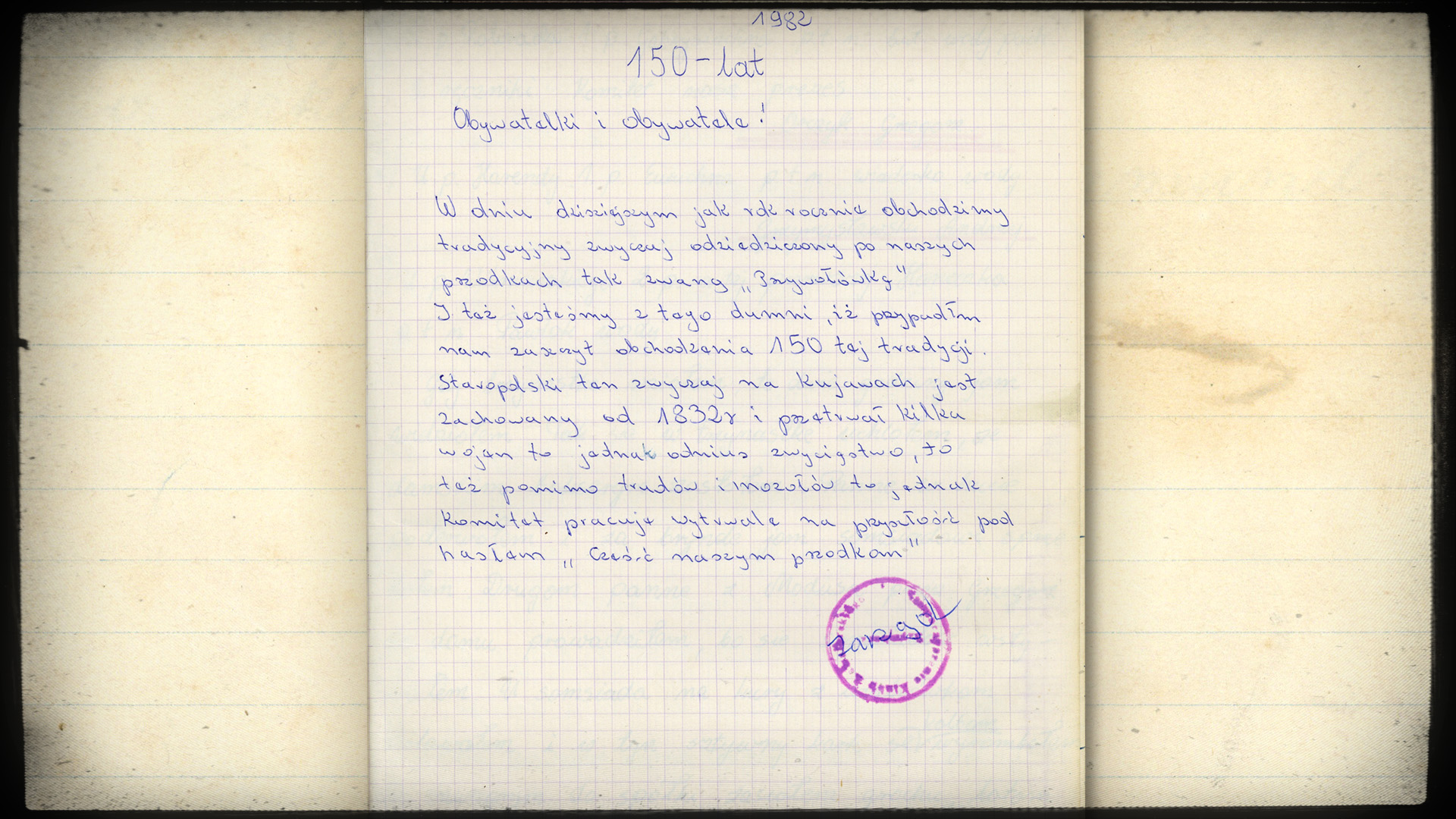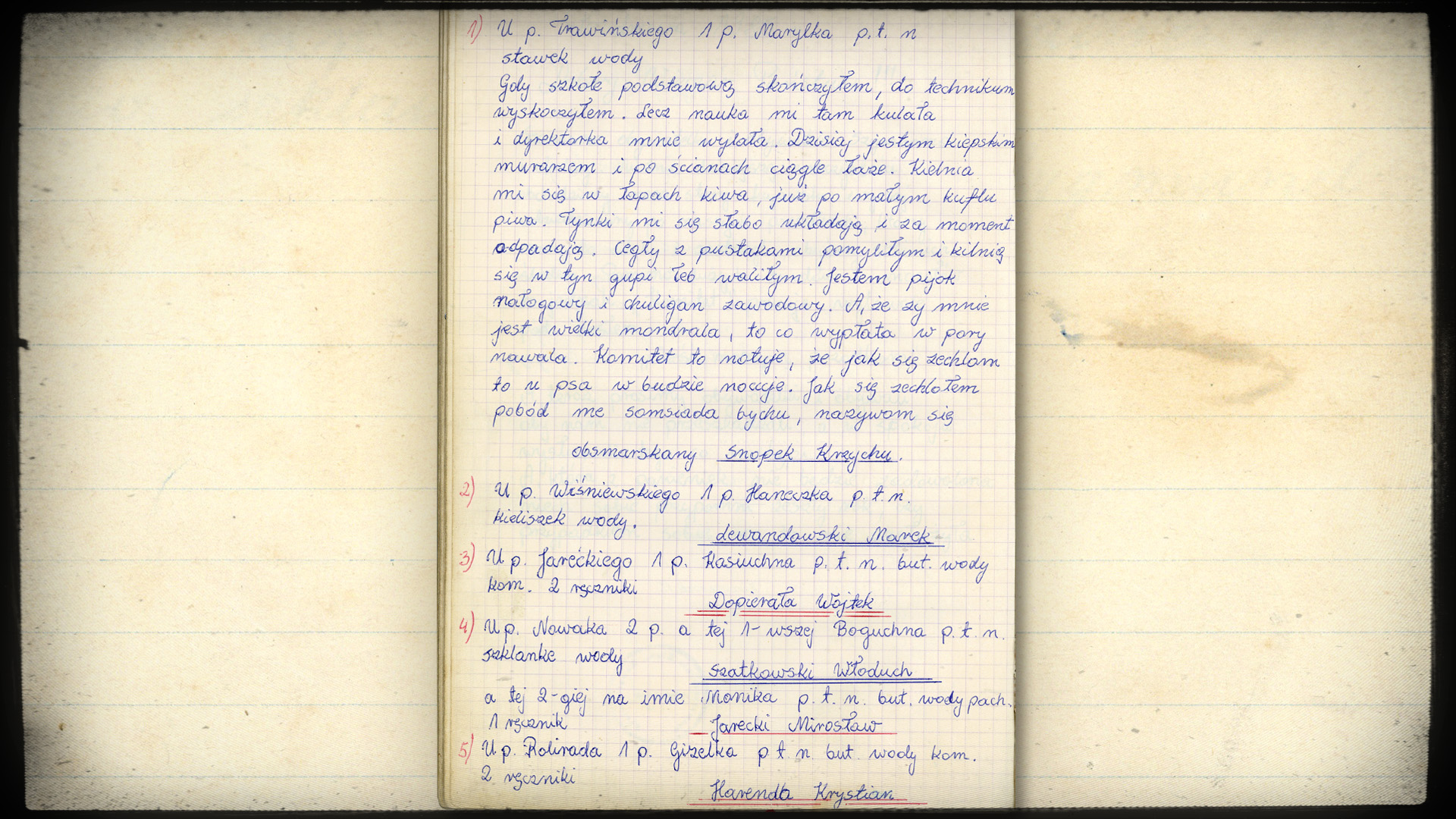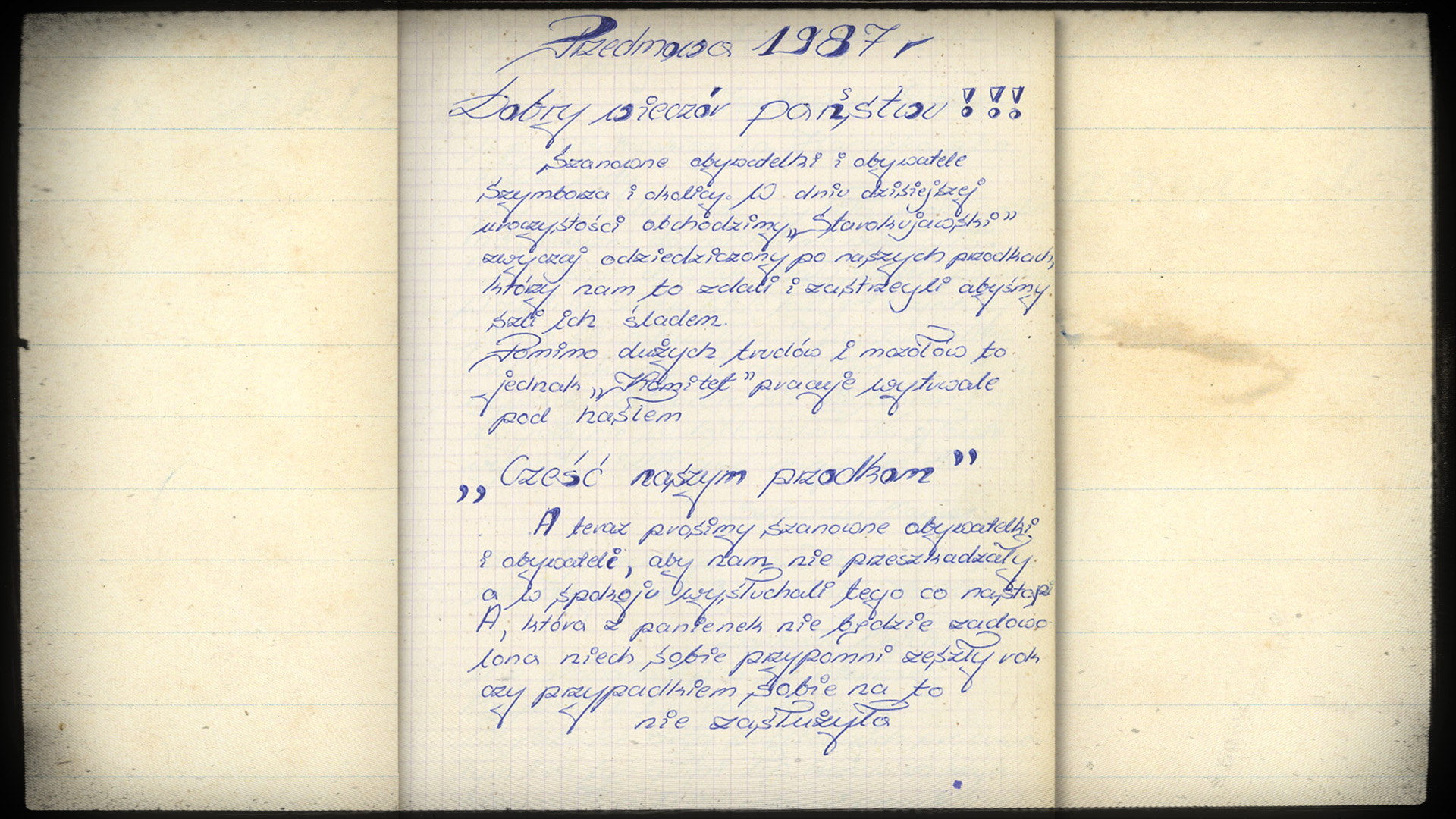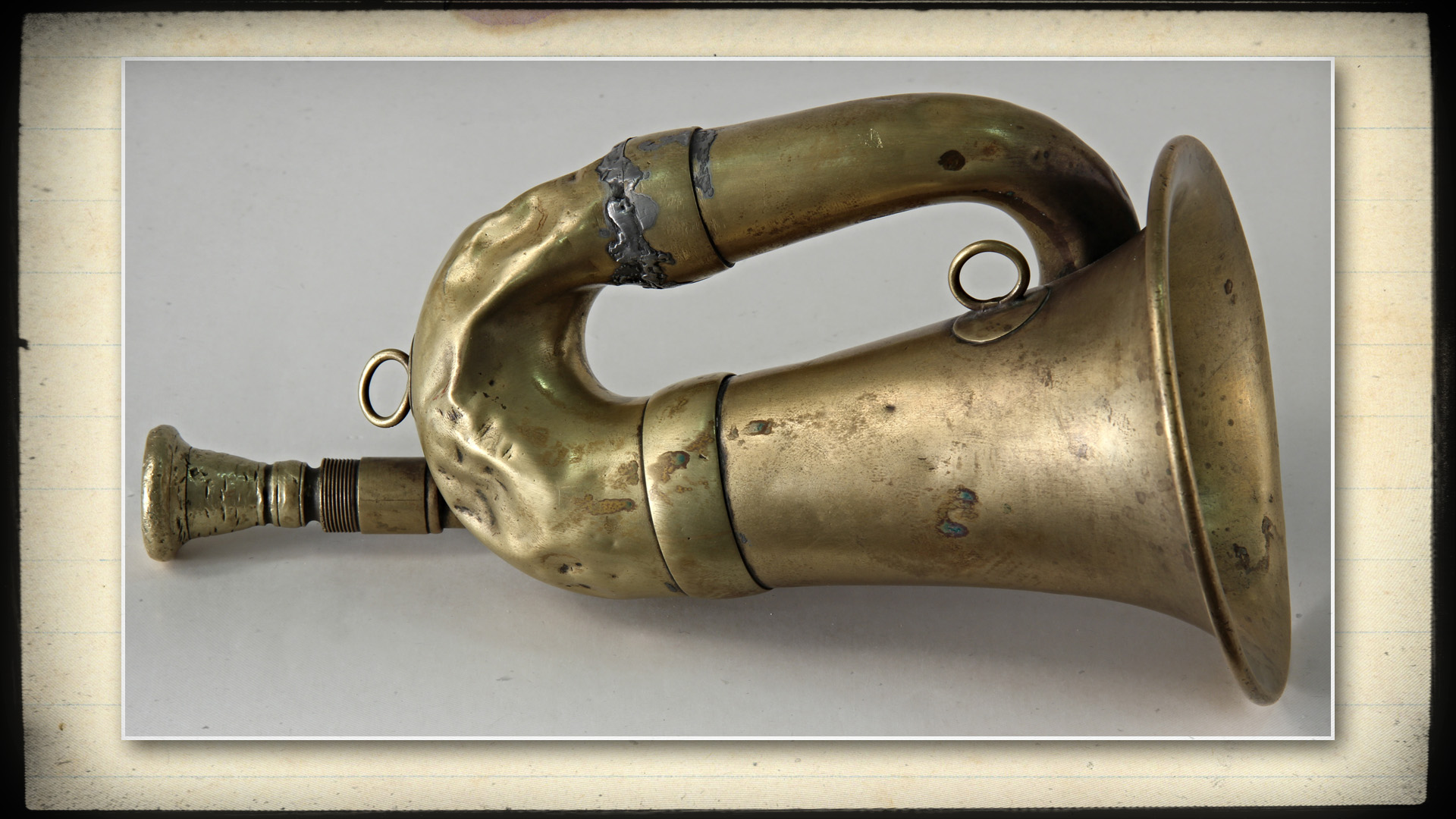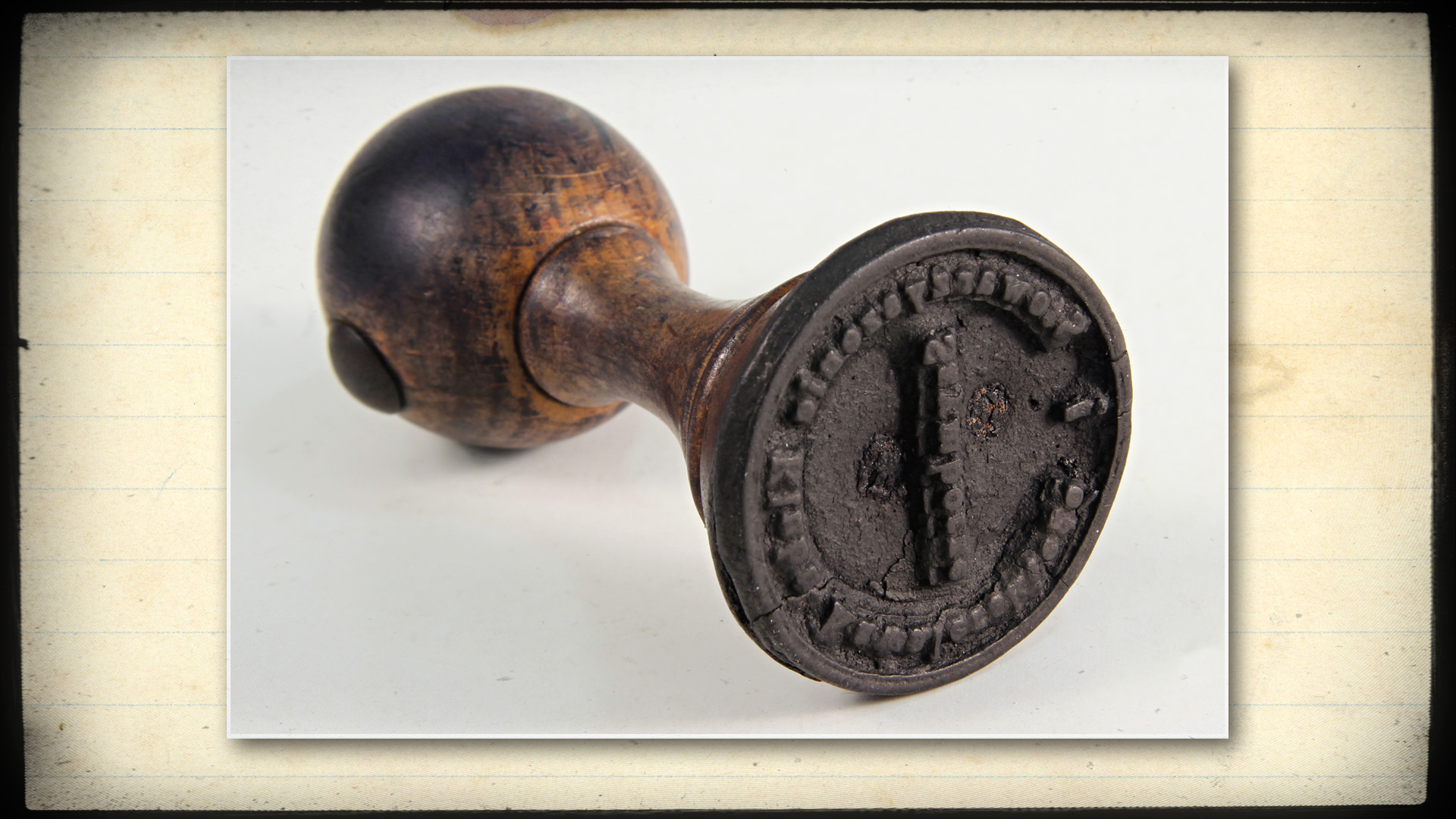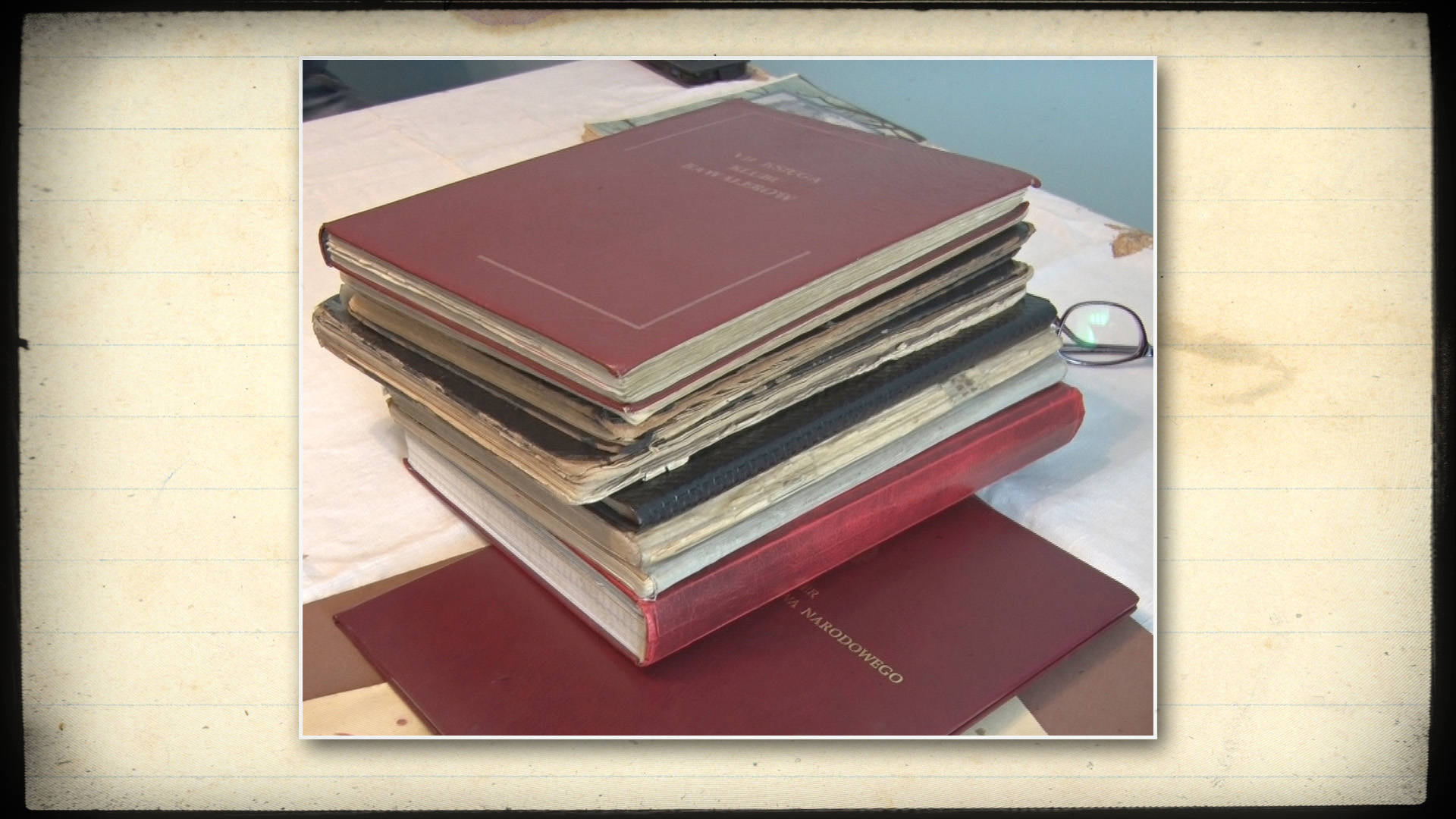The Easter Monday przywołówki dyngusowe has been a custom celebrated only in Kuyavia and in neighbouring Pałuki for at least 200 years. It was probably known even before the 19th century but its exact beginning has not been established. It was also called przywoływki, wywołania, wołanki. The custom was taking place on a specific day and its course was always similar. On Easter Sunday at dusk young men would go to the place of calling przywołówki to the sound of drum, band or just beating a pan. This place could be a hill, a tall tree, a roof of an inn or a barn. One of the men would shout przywołówki from the height, another one standing below would help him. The preparation for this event would start in the Holy Week with several bachelors creating a list of girls to be called out. Next to the name of the girl, the name of the bachelor who paid ransom (money or alcohol) for her would be put. After closing the list, the rhymes of przywołówki were created. Pretty and pleasant girls for whom a satisfying ransom has been paid were dedicated flattering poems while the ugly and unpopular girls whom no one bought were criticised and promised a severe water pouring. According to the custom all of the girls from the village had to be called out, omitting one of them, for example suspected of witchcraft, was a symbolic exclusion from the local community. The next day, on Easter Monday, from early morning the bachelors would walk around the village and pour water on the called-out girls. In the evening there was a dancing party at the inn.
For the village population przywołówki was an important social-matrimonial event which helped match couples. It also had an educational role through pointing out negative features such as laziness, thriftlessness, slovenliness.
According to the archive reports of Szymborze citizens who remember the beginning of the 20th century, on Easter Sunday a group of dozen bachelors and musicians with drums and harmony would walk around the village around 4 p.m. They would stop in front of the houses of girls who had been bought out and they would shoot up for celebration, which was a signal that the girl would be called out in the evening.
Film Przywołówki in Szymborze (fragments),
realisation: Zygmunt Kurek,
‘Piast’ AFC, 1973 (MJKI)
At first przywołówki were called out from the old pear tree by the pond, but after the Second World War, the tree was replaced by the annually built scaffolding called tribune, pulpit or gallows. It is traditionally started and ended with the president’s speech read from the reports book. The introduction speech of 1946 was the following:
Despite toil and trouble and sufferings endured because of the Nazi monster, we are starting the work of our ancestors in 1946. We are leaving this book to our successors and we are calling upon you to hold this beautiful tradition. Bring Honour to our Ancestors.
After the speech, przywołówki texts were delivered, each one announcing how much water would be poured on a girl the next day. On Easter Monday those promises were fulfilled – in the past the girls were generously poured on but since the 60s and 70s of the 20th century bottled water called ‘komitecka’ has been in use.
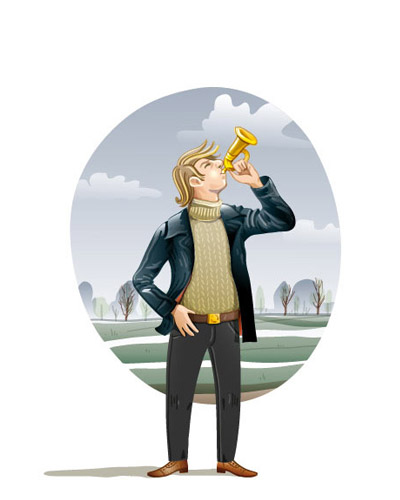
The trumpet sound summoning the bachelors to pay ransom for the girls
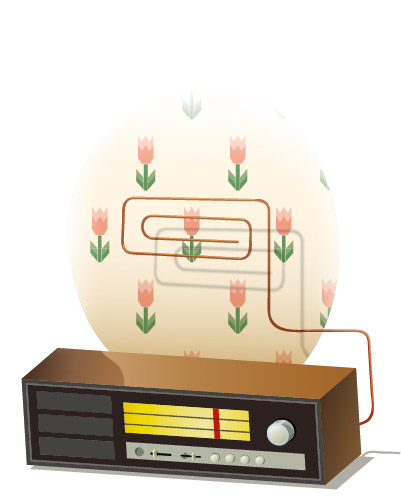
A broadcast of Polish radio „Old-Time Fathers’ Custom” (fragments),
author: Anna Jachnina, 1963 (PiK)

The trumpet sound announcing the water pouring custom (dyngus)



